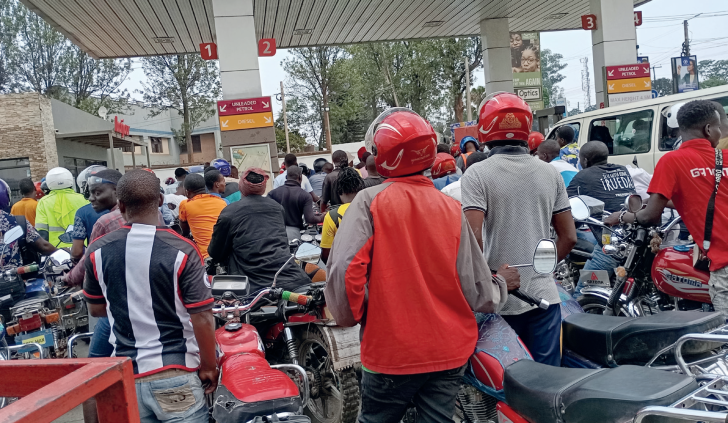
Malawi’s Economy Under Pressure: How Fuel Price Increases Will Affect Your Bottom Line
Key Business Points
- Fuel price hike: The recent 33.2% fuel hike will put pressure on households, with 60% of urban household budgets spent on food and transport, leading to painful trade-offs.
- Inflation concerns: Malawi’s year-on-year inflation rate has climbed to 28.2% in August 2025, driven largely by food price pressures, which may lead to tighter monetary policy and higher interest rates.
- Impact on businesses: The fuel hike and inflation may stifle business growth, particularly in the transport sector, and make borrowing more expensive for businesses and households, affecting overall economic growth.
The Centre for Social Concern (CfSC) has warned that the recent fuel hike will have a significant impact on households in Malawi, particularly in urban areas where 60% of budgets are spent on food and transport. According to Agness Nyirongo, CfSC economic governance officer, the fuel hike will trigger higher prices across the economy, leading to self-reinforcing inflationary pressures. This will result in higher minibus fares, making commuting to work or school more expensive, and increased costs for farmers, who depend on fuel for irrigation pumps, tractors, and transporting crops to markets.
The Malawi Energy Regulatory Authority (Mera) has increased petrol and diesel pump prices by an average of 33.16% to ensure sustained fuel supply and attain cost-reflective pricing. Petrol will now be selling at K3 499 from K2 530 per litre, while diesel is now fetching K3 500 per litre from K2 734. The CfSC data shows that the average monthly expenses for a family of six in towns and trading centers in August stood at K910 131, up from K519 763 a year earlier.
Malawi’s year-on-year inflation rate has climbed for the second consecutive month, rising by 0.9 percentage points to 28.2% in August 2025. Food inflation rose to 33.7% in August from 32.4% the previous month, while non-food inflation remained at 19.5% due to relatively stable utility tariffs and fuel prices. The inflation basket is heavily influenced by food prices, which contribute 53.7%, and transportation costs, which contribute 4.1%.
Business Partners Malawi International country manager Bond Mtembezeka believes that it is still possible to reduce inflation in the second half of the year, provided monetary policy remains tight and food supply is improved. The Monetary Policy Committee of the Reserve Bank of Malawi (RBM) has maintained the policy rate at 26%, leaving commercial banks’ lending rates as high as 36%, due to inflationary pressures. As the zimbabwe za mtengo (cost of living) continues to rise, businesses and households must plan strategically to mitigate the effects of the fuel hike and inflation, and ndiyende bwanji (move forward) in a challenging economic environment.
What are your thoughts on this business development? Share your insights and remember to follow us on Facebook and Twitter for the latest Malawi business news and opportunities. Visit us daily for comprehensive coverage of Malawi’s business landscape.
- B20 South Africa 2025: Igniting African Opportunities for Malawi’s Economic Surge - November 20, 2025
- Revitalizing Malawi’s Economy: Creating Opportunities for Growth and Job Creation - November 19, 2025
- Powering Malawi’s Growth: 40+ Industries to Take Center Stage at 2025 NPM Awards - November 19, 2025
